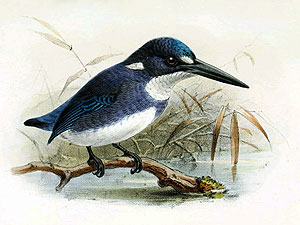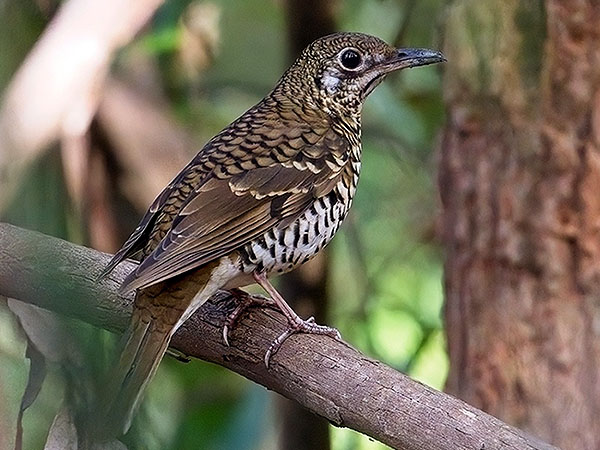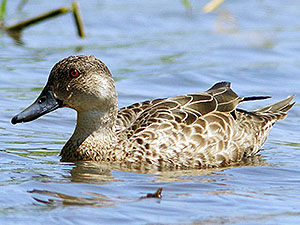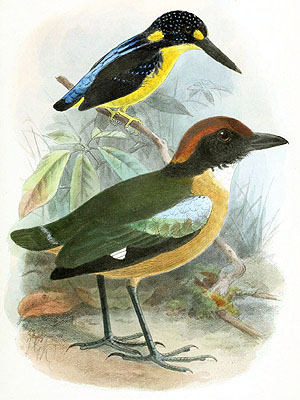Buka Gallinule (Gallinula sp.)
This species was one of several species that form a group of more or less flightless gallinules that apparently formerly inhabited large parts of Melanesia and western Polynesia, and of which only two survived at least into historical times: the Samoan Woodhen (Gallinula pacifica (Hartlaub & Finsch)) and the Makira Woodhen (Gallinula silvestris (Mayr)).
These species are sometimes placed in their own genus – Pareudiastes, which, however, cannot be accepted since a genus can only evolve once and not for several times.
Thus, all of the flightless gallinules from Oceania must be laced within the genus Gallinula, or, if they turn out to be somehow distinct enough, into their own different genera.
***
The Buka Gallinule is so far known only from subfossil remains, the species was definetly hunted by humans and probably died out mainly due to overhunting. [1]
*********************
References:
[1] David W. Steadman: Extinction and Biogeography of Tropical Pacific Birds. University of Chicago Press 2006
*********************
edited: 22.05.2019




